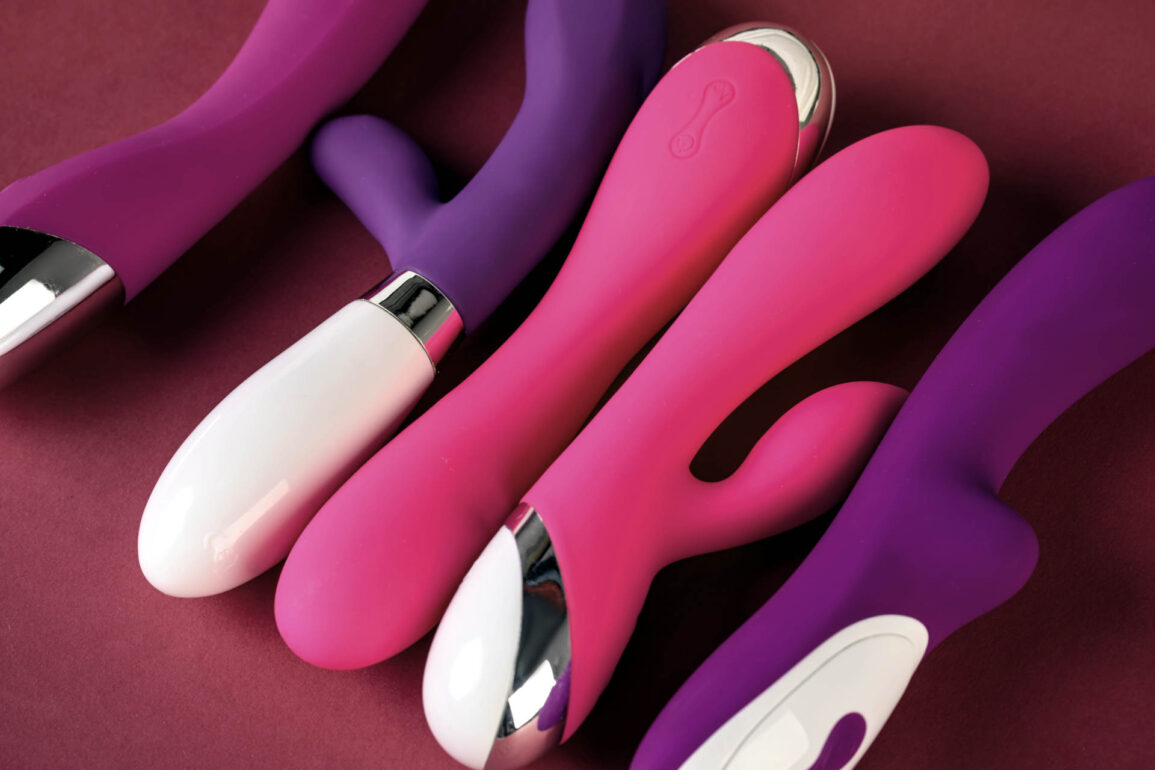Do you know what materials are used to make your sex toys? Well, sex toy materials are actually really important to your sensual health, so here are the ones you should be looking for, and the ones to avoid.
THE SEX TOY MATERIALS GUIDE
So think of your favorite sex toy that you own. The top dog among your sex toy drawer collection. You love it because it gets you off oh so satisfyingly, but wait hold on — do you know what it’s made of? More importantly — is it safe for you? What goes on your sex toy goes in you, so its vitally important for you to know that materials are being used to make your pleasure items.
Here we’re going to go over, in detail, which materials you should be looking for next time you’re sex toy shopping, as well as which ones to avoid and why. And we’re starting with the biggest RED FLAG of them all.
PHTHALATES — AVOID THEM
Avoid phthalates. That’s the major takeaway of this section. If the sex toy you’re buying doesn’t make it clear on its website or packaging that it is phthalate-free, don’t buy it.
If you’re wondering ‘what is a phthalate?’, it’s a chemical that is used to soften plastic, making consumer items like food packaging, blood bags and shower curtains softer and more pliable. We use phthalate-containing items everyday, however we really shouldn’t. Phthalates are very carcinogenic, meaning they can cause cancer.
While the common products we use every day contain very low amount of phthalates, items like sex toys require a lot of them in order to soften to the point of being touchable. Phthalates are toxic, and any items with such high levels of carcinogens coming into contact with sensitive areas like the vaginal walls or the anus can have a very negative effect on your health.
So if you’re interested in a sex toy and you’re not sure whether or not it contains phthalates, either keep looking elsewhere or find the contact info of the seller and ask them directly.
The sex toy most likely to contain high levels of phthalates are:
JELLY TOYS – BAD
One of the most common sex toy materials is jelly or rubbery, usually translucent plastic. You know the kind: the novelty dildo in a garishly bright color that your friends bought you as a gag. You can smell it before you even open the box with that strong odour of rubber or new plastic.
Jelly toys are loaded with phthalates in order to make them as soft and squishy as they are. As such, they shouldn’t come into contact with your genitals or mouth. You can always ask if a jelly toy contains phthalates, but even if it doesn’t (which is unlikely), jelly materials contain micro-pores on the surface that can trap bacteria and dirt. All in all, jelly toys should be outright avoided — even as a gag gift.
HARD PLASTIC TOYS – GOOD
Hard plastics are not likely to contain phthalates — however unless it clearly states this on the packaging or website, again, ask the seller to confirm. Sex toys made with hard plastics are a good choice because they’re easy to clean with some soap and warm water, and the surface won’t harbor any bacteria between uses.
Hard plastics also transmit vibrations very effectively, making it a very good material for making vibrating sex toys. The only real drawback of hard plastic sex toys is their rigidity — there is no give or bend to them, making them less than ideal for internal vaginal or anal use, but perfect when applied to an external clitoral vibrator.
GLASS & METAL SEX TOYS – GREAT
When it comes to sex toy materials, it is hard to do better than glass or metal. They require no chemical treatments in their production. They’re non-porous for very easy and effective cleaning between uses, and they can even be sterilized in a hot dishwasher or boiling pot of water. The only negative, like with hard plastics, is their rigidity.
SILICONE – BEST
The material that ticks all of the boxes for sex toys is silicone. It’s the most effective to clean very easily with soap and water (or a purpose-made cleaning solution). It harbors no bacteria, but most importantly it’s delightful to touch and is soft without needing harmful chemicals to produce.
Another great benefit of silicone is its longevity. If properly cared for, a silicone sex toy will last for years and years of enjoyment. In fact, the most common way that users ruin a silicone sex toy is by using it with a silicone-based lubricant. A silicone lubricant will react badly with the sex toy’s silicone coating, making it gummy and unusable after a while, so always use water-based lube with a silicone toy.
For their longevity, looks and tactile delights, a silicone sex toy may cost quite a bit more than other sex toys made of lesser materials, but its an investment for years of pleasure.
